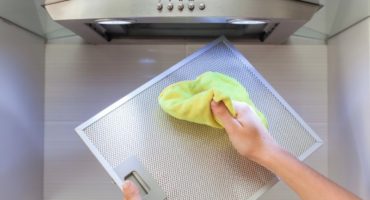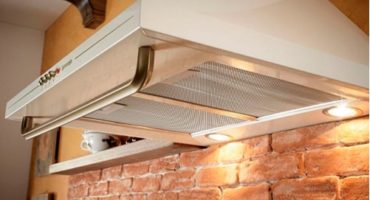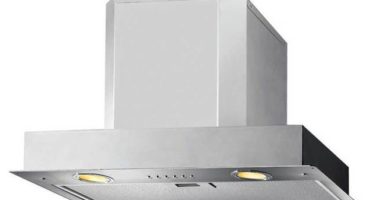The variety of different models of hoods one way or another leads to the question of which one is better. And if you can choose in appearance from the presented assortment you can only be guided by your tastes and preferences, then there will not be such simplicity regarding the work efficiency. Therefore, before asking the question about what kind of hood is better - domed or more modern, inclined, you need to understand the significant difference in their main characteristics.
What are dome hoods?
Dome hood is a device designed to clean or remove contaminated air during cooking or any other process.
Currently, there are various models of hoods, which, depending on the conditions, can be installed near a wall, corner or even in the center of the room.
This is their undoubted advantage, since none of the types of hoods has such a number of mounting options.
This type of device got its name because its characteristic shape is the dome. Also very often you can find dome hoods in the form of a trapezoid or rectangle. The latter option in this case is one of the more modern and has a stylish and interesting appearance.

Dome hood
What is an inclined cooker hood?
Inclined hood is also a device designed to clean the air in the kitchen. Its name is explained by the inclined location of the main part, which can be either fixed or have the ability to change the angle. Its main advantages can be called compactness - in the process of cooking, at the moment when a person is near the stove, it in no way restricts and restricts its movement. On this basis, it can be compared with a range of built-in models, which also have a small width.
Inclined hoods appeared on the consumer market relatively recently, so it is almost impossible to find uninteresting options among the assortment. They can be made of metal or glass or a combination of these two materials. Additional functions in them also greatly simplify the use of the device, since in most cases they are in the form that was so lacking when using outdated models.
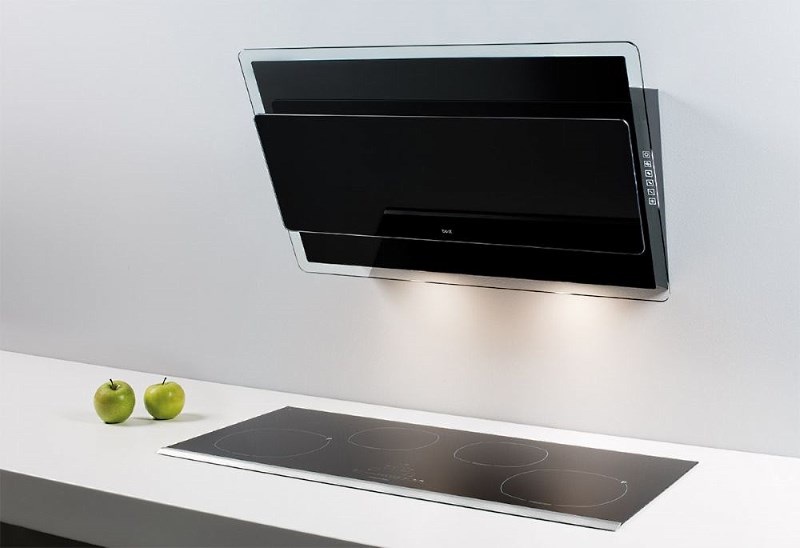
Inclined hood
Similar characteristics of domed and inclined hoods
According to the principle of operation, the inclined and dome hoods are similar to each other. Both in the first and in the second case, all existing models can be divided into three main groups, namely:
- exhaust hoods for air purification which require the presence of ventilation with a technological hole;
- recirculation hoods that clean the air by passing it through special filters;
- hoods of a mixed type, which can carry out their work both by removing contaminated air and by cleaning it.
The diagonal inclined and dome devices have a grease filter in their design, which most often consists of several metal grids. In the process as air contaminated by vapors passes through such a filter, it retains the predominant part of the fat, which is somehow released during cooking.In order for the hood to show greater efficiency, periodically this filter must be cleaned using various detergents.
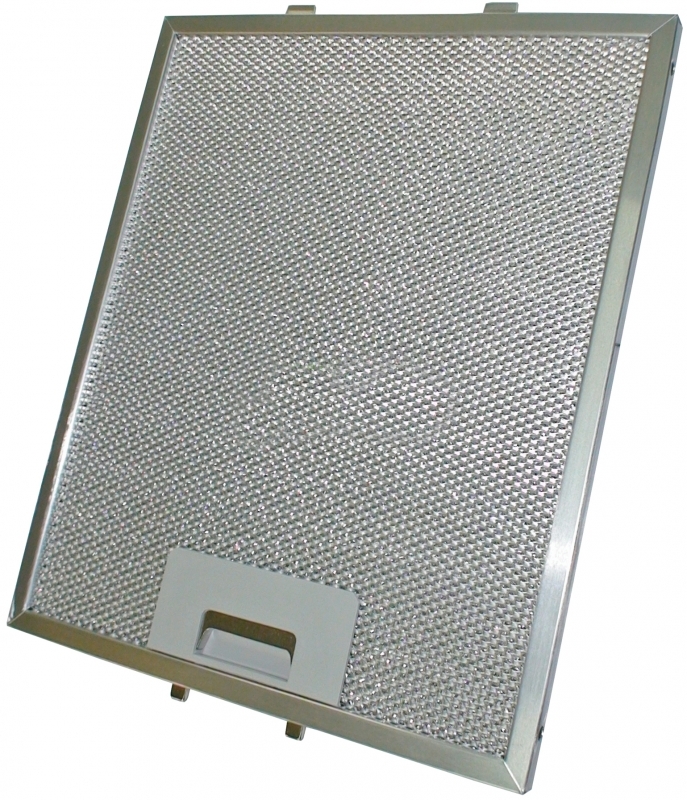
Grease filter
In addition to the grease trap, recirculation hoods have a carbon filter in their design, which is responsible for absorbing all odors. When polluted air passes through it, it absorbs all extraneous odors, making the air clean. In order for the device to always work as efficiently as possible during operation, such a filter is not washed, but is immediately replaced with a new one. Without this condition, recirculation processes will not be able to proceed properly, and the air simply will not be cleaned.

One type of carbon filter
The mixed type of hoods can be used in any of the air purification modes. This or that is most often possible to choose with the help of a special button. The advantage of using this type of hoods is the right choice. So, for example, at a time when the room is cool, the intake of warm air, which is carried out by exhaust devices, implies the need to open a window for a new portion of fresh air. In this case, the room will become even colder, especially if this situation arose in the winter. In this situation, the recirculation method of cleaning is more acceptable. But if the room is too stuffy - then, on the contrary, the bypass option will be more acceptable.
Both domed and inclined hoods most often work in three main modes, they can be controlled either by buttons or by a touch method. Additional functions, such as a timer or auto power off, are most often used in the second option. Of course, you can find a multifunctional hood hood, but to do this will be quite problematic.
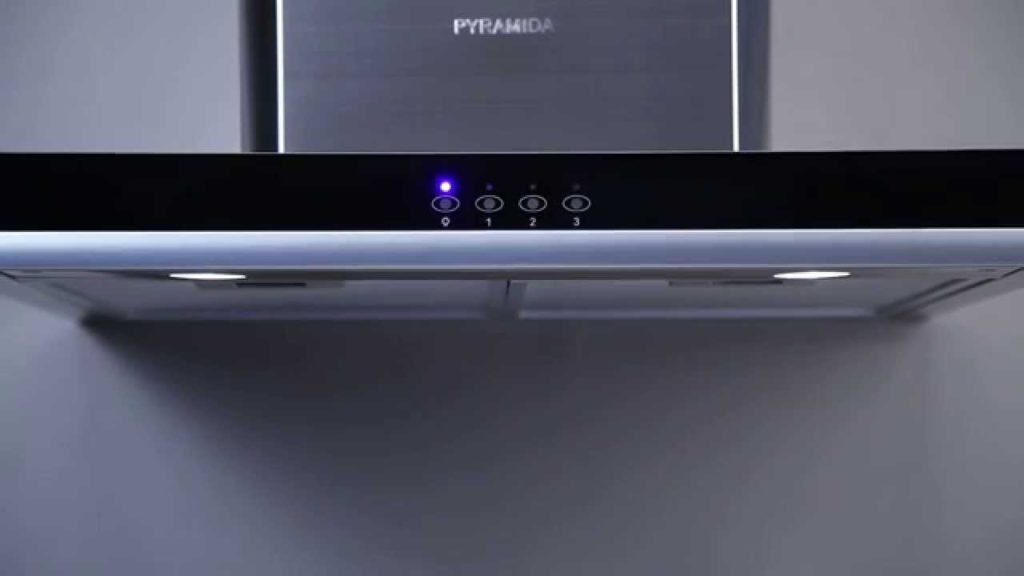
Touch control
Differences between Dome and Inclined Hoods
If we consider these two options in terms of power, performance and noise, then inclined is more acceptable for use in the kitchen of an ordinary apartment. This can be explained by the fact that inclined devices are not only more interesting in appearance, but also they remove contaminated air more efficiently, without being an obstacle to it. That is why, in order to take the same portion of dirty air, an inclined exhaust requires less power than a domed one. The device’s operating mode and noise will depend on this. Undoubtedly, all these indicators will be lower for the inclined device compared to the dome, which can be called one of their advantageous features.
Due to the fact that a large amount of power is required for the dome device to take in air, not one but two motors can be built into its design. In this case, when both are turned on, much more noise will be produced. But if you need a very large performance, which can occur in cafes or restaurants, the dome version will be more convenient and efficient to use.
So, inclined hoods more often than not have power below 200 watts, and domed hoods can exceed this figure to a large extent. The same can be said about performance. In the first case, its maximum value is a value equal to 1000-1200 m3/ h, and in the second it can reach 2500 m3/ h
If we consider these two options regarding the appearance, then the dome is more suitable for kitchens made in the classical style or in the Provence style. The only exception to this rule is rectangular domed devices that have a modern look.
Inclined devices are suitable for all kitchens made in more fashionable interior styles, such as high-tech and others. Therefore, choosing a more suitable device for air purification in the kitchen, you need to pay attention to the appearance of the device.
The method of mounting inclined hoods in one way or another involves finding a wall behind the appliance.
And this is their fault.And if necessary, hang this device in a corner or in the middle of the room, this will not be possible. The dome version, in its assortment, has models designed specifically for hanging in the corner or in the center of the room, while mounting only to the ceiling.
Thus, the only conclusion that can be drawn is whether the hood is better - domed or inclined.
So, if it is necessary to clean the air of odors and fat in a small area of the kitchen, the use of an inclined version is always more convenient. This is because such a device is characterized by good performance even at minimum power, and hence the noise produced. It is also worth noting that the only installation method in this case will be wall, and it will not work to organize a kitchen island with such a device, for which a suspended hood is required.
In the same case, if the hood is needed in a sufficiently large area, which most often happens when choosing this appliance for the kitchen in a public feeding center, then none of the other types of such devices can compare with the domed appliance.
In addition, when choosing the required hood in the kitchen, you need to pay attention to its appearance, since the modern inclined version will not look entirely appropriate in a room designed in a classic style.
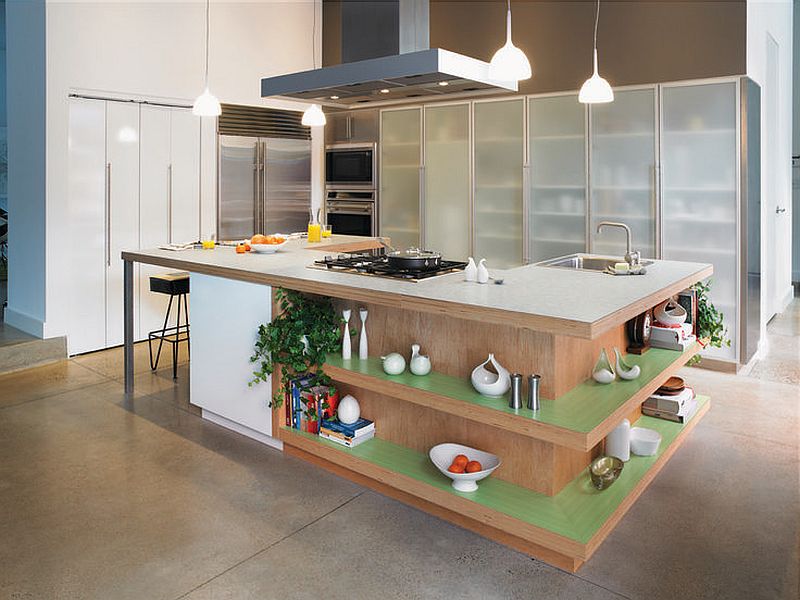
Dome hood over the kitchen island
Good models of domed and inclined hoods
In order to determine what hood to choose for your kitchen, it is worthwhile to compare them using the best models, which include:
- Hansa OKC 6726 IH is an inclined cooker hood of mixed type, made of black glass and painted metal, with touch control. The power consumption of this device is 160 watts, while the performance provides air purification in the amount of 620 cubic meters per hour. The maximum noise level is 69 dB. The advantages include the presence of a bright backlight, the use of which can completely replace the inclusion of other light sources. The approximate cost is 27,000 rubles, which is its significant drawback;
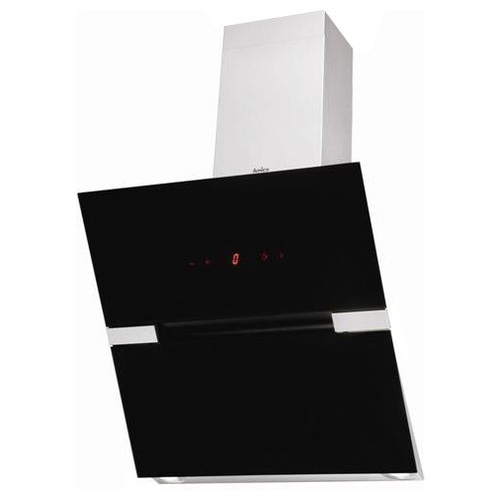
Hansa OKC 6726 IH
- Kronasteel LINA 600 white 4P-S - inclined hood of the mixed type, made of white glass and painted metal, also has touch control. Power consumption - 198 W, while the performance reaches 800 m3/ h, and the noise level does not exceed 40 dB. One of the main advantages of this device is expressed in low noise, which begins to be felt only with 3 modes of operation. Approximate cost - 21,000 rubles;
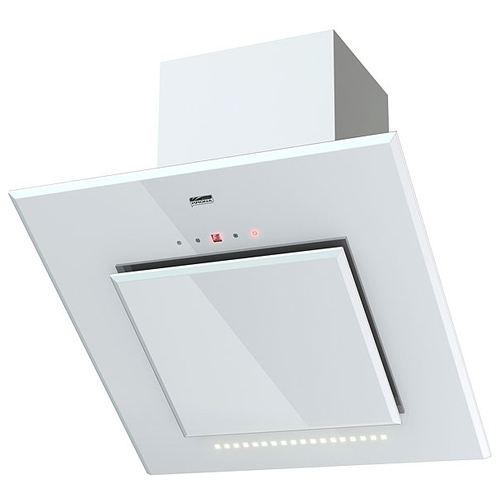
Kronasteel LINA 600 white 4P-S
- Elikor Agat 60 - a hood hood of the mixed type in a modern design. It has a rectangular shape, made of silver metal and dark glass. Power consumption - 280 W, productivity - 1000 m3/ h, noise level - 59 dB. Work can be carried out in 4 modes, one of which is intense. As additional functions, a sleep timer is used. Illumination of the working area is carried out by two bulbs of 2 watts each. Approximate cost - 12,000 rubles;

Elikor Agate 60
- Candy CCE 16 X - a hood of the mixed type with a wall mounting option. Power consumption - 150 W, productivity - 450 m3/ h, noise level - 50 dB. Simple ergonomic design, combined with simple operation and maintenance, made this model quite popular among consumers. Illumination is carried out by means of two halogen lamps of 40 watts each. Button control, allowing you to simply select one of the three proposed operating modes. The approximate cost is 7000 rubles.

Candy CCE 16 X

